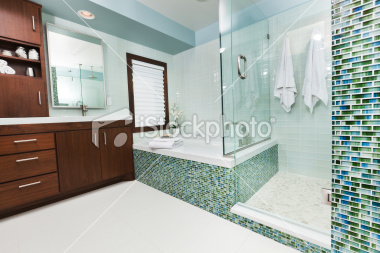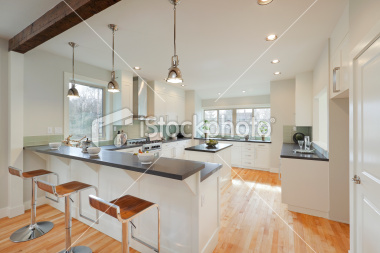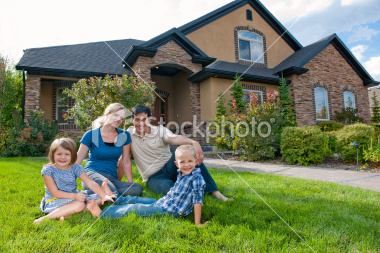Conditioning Pets For Success


There is an old saying that ‘if it ain’t broke, don’t fix it’,” says Cam Robinson, owner of Invisible Fence of Madison. “Pavlov had it right when he documented conditioning techniques through his experiments over one hundred years ago,” Robison says. “We use those same conditioning techniques coupled with radio frequency containment systems. They are an important component of our success.”
“Our process for pet containment takes about two to three weeks and has a very high success rate. However, there are two important things that must be present for us to work with a pet owner.
They are:
1. The pet owner must be committed to the process because we are not only training a pet, but helping the owner understand how the training is done and how to reinforce the training.
2. We only work with manageable animals. For example, if a pet owner has a dog with a history of biting, we will not sell a containment system to that owner in that it would help keep a potential threat in a neighborhood. It’s an ethical decision we decided to make policy.
“Our experience shows we have to teach the owner how the process works so they can help their pet be successful. The learning process for the owner evolves as we train the pet.
Train, Don’t Terrify
Most people are surprised we don’t setup a correction (static shock) for the pets immediately. The goal is to train and not terrify, so we try to teach behavior first and introduce the correction portion of the systemgradually as the animal is learning boundaries. If we used a full correction immediately, we would not only terrify the pet, butmost likely the pet would be afraid to leave the house.
Our training sessions are structured as follows:
• Beeps—step backwards
• Done with leash—controlled situation
• Hear noise—step back
• Between training sessions—owner continues training methods
First Session — no corrections are used. We use a leash with beeps with training to step back from the defined boundaries. The animal will begin stepping back when the beeping is heard. We review specific exercises for the owner to practice on their own. These activities begin building a conditioned response.
Second Session — we continue the training with the leash and reinforcing the boundaries. The use of a slight correction by the outer boundaries along with a beeping sound continues building on the conditioning response.
Third Session — is more of the same.More conditioning with a bit more of a correction.
Fourth Session — by this time the pet should be understanding boundaries and the concept of not challenging the boundaries. We will use a containment level correction to solidify the response to the audible buzz always associated with getting within about five feet of the boundary.
Kindness To Critters
If done correctly, the conditioning will protect the pet from discomfort as much as possible. The gradual training process is a balancing act in which compassion for the animal is a must. The basic facts of the training are:
• If we are too aggressive right away the pet won’t go outside at all—it will be afraid
• Pet must know yard is good and fun. During the training process the owner must be out and playing with the pet to be sure the pet makes this connection.
“Our goal is simple. Help people contain their pets to keep them safe as well as their neighborhood. Using the same formula in creating awareness of a boundary with a buzz and training the same step back process, we have been able to easily transfer the training indoors with exceptionally good results.
“I can honestly say pets and owners benefit equally from our product,” Robinson adds.
Effective behavioral training in progressive steps protects your pet and your neighbors from dangerous situations.








